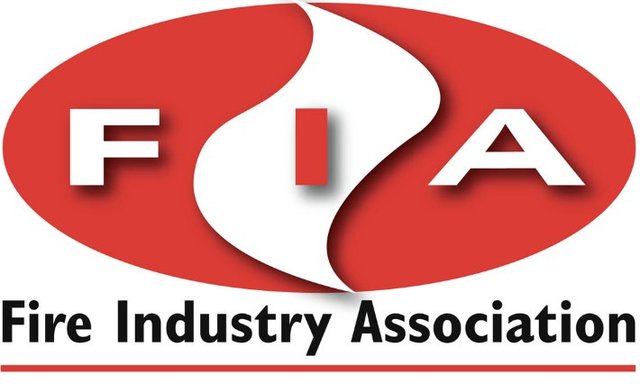A school fire can have a significant impact on the social and emotional experiences of pupils, staff and the wider community. This, in turn, can affect teaching and learning.
The long term disruption that follows any fire not only places a huge financial burden on the school, but also places staff and pupils under significant stress when having to deal with temporary learning arrangements and replacing lost school work and teaching aids.
We are still seeing around 20 fires per week at our schools within the UK. It is essential that we make sure that suitable fire safety arrangements are put into place to minimise the effects, should a fire take place.
Schools (which include nursery schools, academies, universities, colleges, free schools and pupil referral units) are required to undertake risk assessments which identify the general fire precautions required to safeguard occupants in case of fire. This includes their means of escape.
The Responsible Person (usually the Head Teacher) will be required to:
- Ensure procedures are in place to reduce the likelihood of fire
- Maintain fire detection and alarm systems and
- Ensure staff and pupils are familiar with emergency evacuation procedures

Since the introduction of the Regulatory Reform (Fire Safety) Order 2005, within England and Wales, guidance on conducting fire risk assessments for schools is contained within the HM Government national guidance document, Fire Safety Risk Assessment – Educational Premises (see button below)
The Department for Education also provides fire safety information to schools through their document ‘Guidance: Fire and Safety in New and Existing School Buildings’ which is found by clicking the button below.

Asbestos in Schools
Issues surrounding asbestos in schools continue to make headlines in the news. There is now evidence to suggest that childhood exposure to asbestos greatly increases the risk of developing Mesothelioma in later life. Indeed, the last 10 years has also shown an increase in numbers of persons within the teaching profession developing Mesothelioma.
Any building constructed prior to 2000 could contain Asbestos Containing Materials (ACMs) in its structure. Therefore, it is essential for duty holders of such buildings to identify and manage any ACMs discovered. The issue is not so much having asbestos present, but the potential for asbestos to be disturbed – allowing asbestos fibres to be released into the atmosphere; this generally occurs during maintenance.
The Department for Education (DfE) established a steering group to address this issue and with the assistance of the HSE has an ongoing programme of ‘Intensive inspections.’ The results of the last inspection report, released June 2014, identified that one of the 153 schools visited, 20 were served with an improvement notice. In addition to this, 24 other schools were given advice on improving their control measures.
A publication entitled Asbestos Management in Schools was published and can be viewed in full by clicking on the button below.
The key issues identified were:
- Schools did not have an asbestos management plan
- Schools had not adequately assessed the premises for the presence of asbestos
- Schools had not provided asbestos awareness training for inhouse maintenance staff and there was insufficient information provided to those who may disturb ACMs.
How can Fire Link Ltd help your establishment?
- Fire extinguisher provision and servicing
- Fire risk assessment
- Fire safety training (which can be tailored to meet individual requirements)
- Fire alarm and emergency lighting system testing
- Fire safety signage provision
- Asbestos surveying and management
Contact Fire Link Ltd today for more information by calling (01985) 847244 or emailing info@firelinkltd.co.uk

Fire Link Fire and Safety Services is a member of the Fire Industry Association
